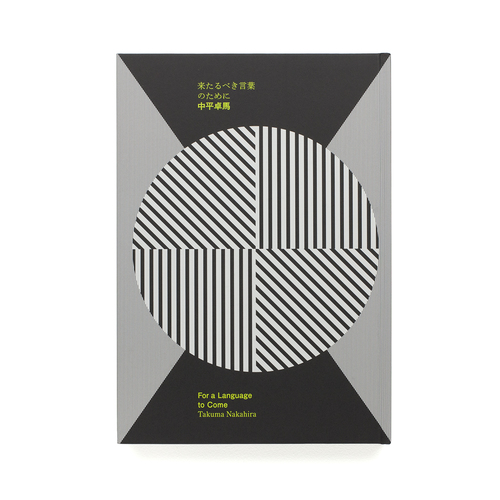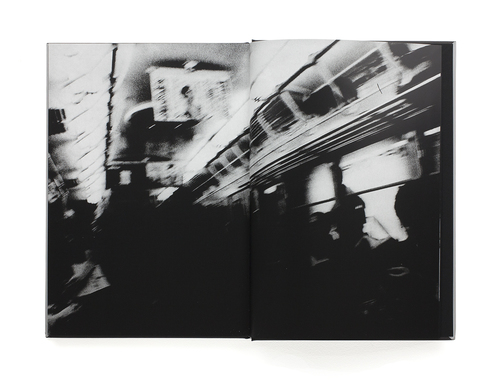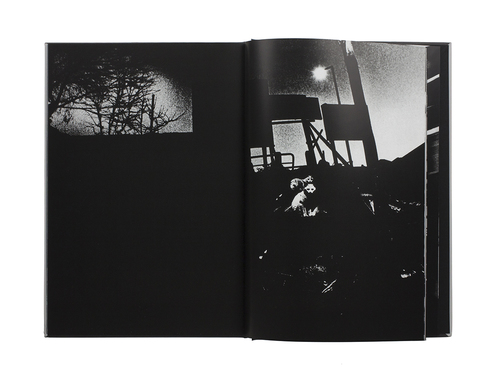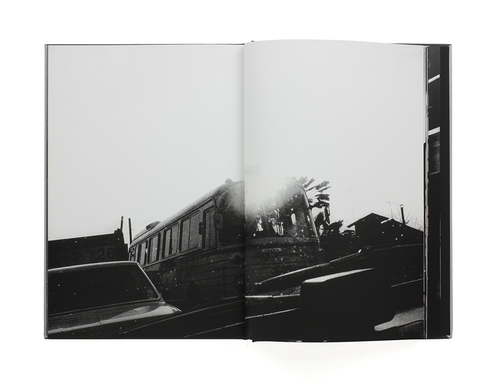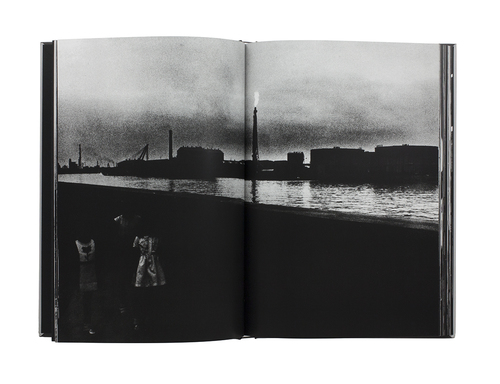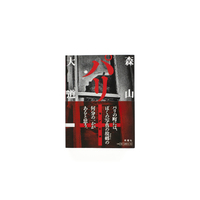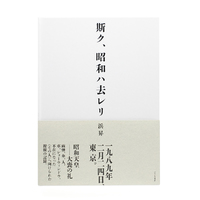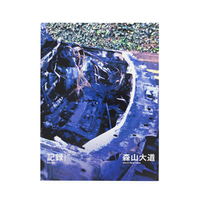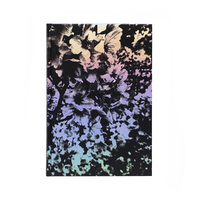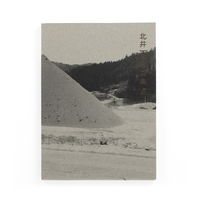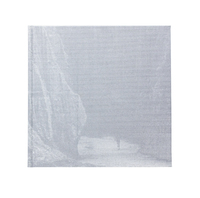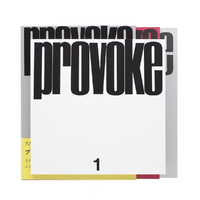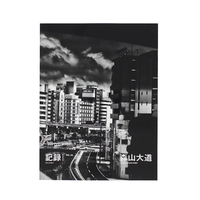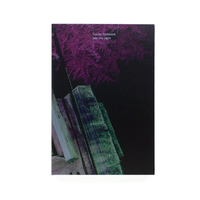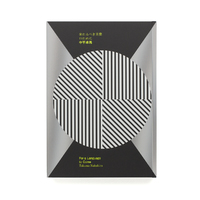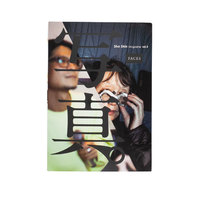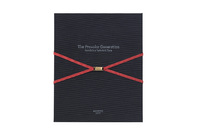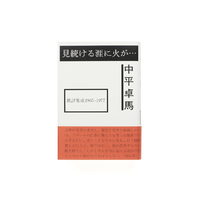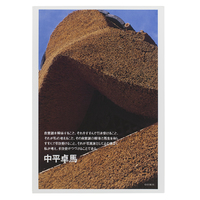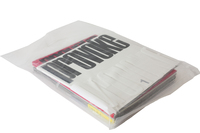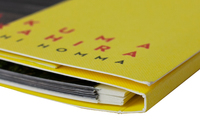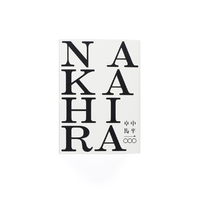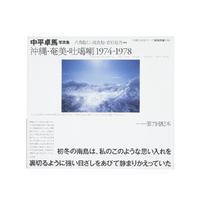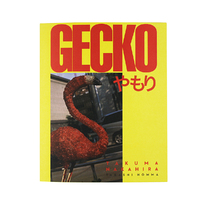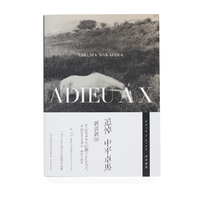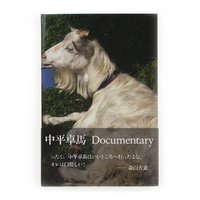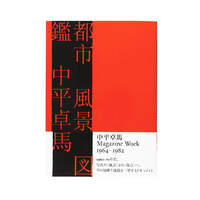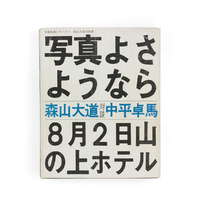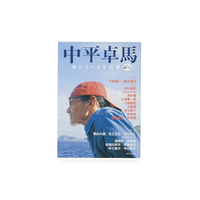For a Language to Come
With a supplement including a critical introduction and three essays by Takuma Nakahira translated into English for the first time.
【Editor’s Outline】
Published in 1970, For a Language to Come is recorded in the history of photography as the first photobook by Takuma Nakahira, the photographer who brought about a turning point in contemporary Japanese photography from the late 1960s to the early 1970s by radically breaking away from the existing image aesthetics at that time. This book consists of one hundred black and white photographs including his work from the legendary photography magazine Provoke. However, forty years after the publication of the original book, we have not as yet had the opportunity to examine (and enjoy) his works enough with the exception of a few photographs that has been repeatedly introduced on various occasions (this is particularly true in Europe and the U.S. where the history of contemporary Japanese photography remains less appreciated). Through radical self-critique, Nakahira would repudiate much of this early body of work in his 1973 essay, “Why an Illustrated Botanical Dictionary?” and considered it as something that must be overcome. Yet, for us to reconsider the meaning of the author’s rejection of his inaugural work, it is extremely valuable to know what the works themselves show. Has our history of photography finally caught up with Nakahira? The 2010 republication of For a Language to Come with a new cover design is an attempt to engage Nakahira’s photographic point of departure again in the present, to discover this work as one that is more vibrantly resonant today.
For a deeper appreciation of his critical thought and practice, the supplement to the republication presents three essays written by Nakahira in the early 70s.
- Book Size
- 300 x 209 mm
- Pages
- 160 pages, 100 images
- Binding
- Hardcover
- Publication Date
- 2010
